This is part 2 of a series I started in February about my favourite places to eat in the world. In each edition, I share 5 food regions that I have visited and loved for their food. This is an inside window to my love affair with different gastronomies. I hope you like it and it gives you inspiration to visit some of these places.
Hong Kong, China
I have been to Hong Kong in two occasions. And they were both impactful. First of all, because coming from Bangkok it felt so cool! Both literally and figuratively. I could walk around wearing a light jacket while photographing every building and market. It is actually a photographer’s dream but also a foodie’s one. And I am both, so I was very happy.
The city is both cosmopolitan and vibrant with new technologies and a place set up back in time than conserves all its tradition and past glory. The restaurants also show this divergence. You can eat a contemporary set menu or go to a hawker inside a market and have traditional cantonese dishes.
What I would come back for
This list could be as long as you wished for, but here are the dishes and food experiences I would come back for:
Yum Cha (飲茶). Many people call it dim sum, but actually locals refer to the concept of going to a restaurant to savour many different dishes as yum cha, or drinking tea. Which is what they do. They have hot green tea or jasmine tea and they accompany it with various morsels. My love affair is both with the tea and with such morsels. I have tried many tea houses in Hong Kong but in my memory remain Luk You Tea House, traditional and sophisticated, and Lin Heung Tea House, very close by but more casual, with waiters bringing you trays of goodies to your table for you to choose from. Most tea houses will be fantastic, but make sure you go there with friends so you can savour many different dim sum!
Pineapple bun or Bolo Yau (菠萝油). As most visitors, I was also confused when I first had this sweet bread as I was obviously expecting the flavour of the fruit in it. But there’s no pineapple in the pineapple bun. The name could come from the texture on the top of the bun that is made of cracked sugar. It is instead a beautiful brioche that goes perfectly with Hong Kong's milk tea, which is how locals enjoy it. This tea is very different to the traditional Chinese tea served in the previously mentioned tea houses. This one is a clear influence from the English time in the area. It consists of Ceylon black tea, evaporated milk and sugar. A fantastic milky tea to be drank either hot or cold and that goes perfectly with European style pastries like the pineapple bun or the egg tarts (of Portuguese influence). One of my favourite places for a sweet stop was Kam Wah Cafe & Cake Shop.
Yau Cha Kwai (油炸鬼). This is another sweet treat but of Chinese origin. It is fried breadsticks, also known in rest of China as youtiao, and they are eaten mostly for breakfast or as a snack with soy milk or soy bean curd. Really tasty.
Roast Goose. This is a traditional speciality of Cantonese cuisine and you’ll find it all over the city. The goose is roasted with ingredients that are a secret recipe of each chef and served cut into small pieces with crispy skin and plum sauce on the side. There are many places where to eat it but some local colleagues of Ross took us to a restaurant where apart from the goose we tasted many more Cantonese specialities, and it was such a great experience! Go to Tai Ping Koon Restaurant if you have the chance, or ask the locals for their favourite spot!
The noodles. I would no doubt come back to Hong Kong for all their noodle dishes, starting with Ngau Lam Mein (牛腩面), beef brisket noodles, and continuing with wonton noodle soup, and all the varieties in between like the fish ball soup. You can try them in many places, my favourites are May’s Noodles and Yuen See Restaurant.
Hue, Vietnam
I was unsure which Vietnamese city to add in this list because South, North and Coast they all have different gastronomies. But I decided to add some dishes you don’t normally find in restaurants outside of Vietnam but that are admired everywhere in the country, and they all come from a small city that used to be the capital of the empire in the 19th century.
Hue is located in the East centre of the country and their dishes still have a palace-like feel to them. They are refined in shape and flavours and maybe that’s why Hue is considered to be the gastronomical capital of the country.
What I would come back for
Bún bò Huế. This noodle dish is now so popular that even if its city it’s in its name, it is now served all-across the country and it competes with phở in local popularity. It is a beef noodle dish, but not only. Vegans, look aside, because this is a meat feast. Ingredients may vary from vendor to vendor but it always has beef brisket, oxtail, various pork cuts and congealed pig blood. All this heartiness is balanced out with lots of fresh herbs and a broth aromatised with lemongrass. Other complementing ingredients like garlic, chilli flakes, annatto seeds and fermented shrimp paste are added later. And it is all served over a bed of vermicelli noodles and topped with freshly squeezed lime, more shrimp paste and crushed chilli. Impactful and delicious.
Bánh khoái. This is a deep-fried rice-flour paper shell filled with shrimp, pork belly, bean sprouts and a bunch of fresh herbs. It resembles a taco shape but multiplying its size. And it is eaten with a signature peanut sauce that is fantastic! If you have heard of its Southern cousin bánh xèo this one is a similar version, but is thicker, smaller and instead of being dipped in fish sauce you have the creaminess of the peanut instead. Both are great, though!
Bánh bèo. Bánh is the Vietnamese word for cake and you find it defining savoury rice flour delicacies as well as wheat flour breads. In this case we are talking about “royal cakes”, and bánh bèo falls into the same category as bánh nậm and bánh lọc. They are all normally served in the same menu and are made of a combination of rice and tapioca flour that has set and formed a jelly-like texture that is then complemented or filled with different ingredients. My favorite are bánh bèo which are steamed and topped with mung bean, fried pork, dried shrimps and scallion oil. Accompanied with nước mấm the national dipping fish sauce, they are perfect little morsels. Try them in Quán Hand restaurant.
Nem lụi Huế. I think this one may be my favourite of them all, it consists of minced pork around a lemongrass stick that is then grilled and served with rice paper and other ingredients on the side for you to arrange your own spring roll. It is frankly delicious and I love the DIY part of it. Vietnam Cronacle recommends to: “place one into a piece of rice paper, add small amounts of relish, cucumber and mango, roll it up, hold tight (but not too tight) and pull out the lemongrass skewer. The meat should stay in the roll. Dunk into the peanut sauce”.
Crete, Greece
I am in love with Greek cuisine but sometimes the most visited places in Greece can be too influenced by touristic expectations. Crete is the biggest island of all and a top travel destination within the country but it still holds its own character and it’s a proud producer. I hold the island very close to my heart because I had an amazing time exploring it some years ago, specially the Western part of it. I went to learn about their wine production, their cheese and honey making and about all the fruits and vegetables they produce there. Driving inland surrounded by olive trees I felt at home.
What I would come back for
Dakos (Nτάκος). If you have read my essay On the Meaning of Comfort Food you will know my most comforting food for me is pà amb tomàquet, toasted bread with squished tomato on top and olive oil. Dakos is something similar but the bread is actually a barley rusk called paximadia (παξιμάδια) or paximadi in singular. I learned how to make it in a small agritourism in the island, but most people but it in packs. They can last forever because the bread is very tough actually. Traditionally, farmers would take them to the fields and tenderise them with water or olive oil. Which is what people do nowadays as well when they add grated tomato, lots of olive oil, oregano and mizithra cheese. Absolutely gorgeous!
Chochlioi (Χοχλιοί). Chochlioí boumpouristoí are a fundamental Cretan dish, snails cooked in vinegar and rosemary. But snails are also eaten in multiple ways, and how I enjoyed them the most was stewed with bulgur wheat and summer vegetables. In Cataolia, where I am from, snails are also a local delicacy and I haven’t eaten them many times because I grew up by the coast, but they were a favourite of my grandfather so sometimes we would go to specialty restaurants inland to savour them. In Crete they also admire the little animals and I learned how to prepared them in this delicious stew that Ross and I enjoyed underneath a vine pergola.
Creatan Boureki (Κρητικό μπουρέκι). I love this so much that I make a potato-zucchini bake based on this almost every week at home. This consists of thin slices of zucchini and potato with mizithra cheese and mint covered with pastry and baked in the oven. It’s glorious. My version incorporates tomatoes, I change the mizithra for other kinds of cheese (as I cannot find it easily), and I save myself from the extra effort of covering it in pastry. But it is a fantastic vegetarian lunch and a great side dish for chicken! A non vegetarian version that is also fantastic is Kreatopita (κρεατοπιτα), with lamb, mint and staka and mizithra cheese.
Lamb or goat with stamnagathi (σταμναγκάθι). Stamnagathi are wild mountain herbs that Cretans use specially with lamb and goat. Roasted and seasoned with a lemon-oil sauce it’s the definition of Mediterranean simplicity.
All the dishes with cheese. I am lactose intolerant but I love cheese. I mean, really love it. So this can be conflicting many times, but I manage with lactase pills and several visits to the toilet. In Crete, as in most of Greece, cheese consumption is to be admired. They are the first ones in every ranking of amount of cheese eaten per capita, and there’s no doubt they add it to everything. I had the previously mentioned dishes (note that many have cheese) plus rabbit with mizithra, kaltsounia (καλιτσούνια) or Cretan sweet cheese pies drizzled with honey on top, sfakianes pites (Σφακιανές Πίτες), savoury pies with cheese and saganaki (σαγανάκι), deep-fried cheese slices, among many other!
San Sebastián, Spain
San Sebastián and the País Vasco in general is known to be one of the best areas in all Spain to eat. They have a fantastic coast line that brings seafood and fish and great land to get cheeses, meats and vegetables. I spent a month there last May finishing up my Master’s degree in Food Journalism in the Basque Culinary Center. It was a fantastic experience. As part of the program we got to visit many producers and understand the culinary roots of the place in depth. But also, in our leisure times we tried many different places to eat.
What I would come back for
Innovative taverns. What I love about the city is that there are so many small taverns where they serve you delicious dishes based on local and seasonal produce. The concept is similar to the tapas one, though you will not hear that name around there, they call it “plates to be shared”. This is my kind of cuisine no doubt and I could eat there every single day. Three of my all-time favourites are Geralds Bar, Manojo and Gure Basque Bistro. I promise you, you’ll leave a happier person.
Seasonal fish dishes. Seasonality is extremely important in the Basque region. You will not find fresh anchovies if you visit the area in September, for example. But you’ll be able to eat beautiful tuna. There’s so many places where you can try seasonal dishes, but I love Kofradia. They get their produce fresh every morning and also, you get to eat it right in front of the sea.
Top notch restaurants. The Basque region, and San Sebastián in particular, developed the Spanish version of the Nouvelle Cuisine, called La Nueva Cocina Vasca, a vanguard movement that wanted to get back to the culinary roots of the place while also innovating in the techniques. This was almost 50 years ago but it impacted the city enormously. Actually, San Sebastián and its surroundings are the area in the world with the most Michelin starred restaurants per square foot. I am not somebody that goes crazy trying to visit as many ranked restaurants as I can, actually quite the opposite. But I will say I had two experiences there that were sublime. One was in Getaria, a small sea town known as well to be the home town of designer Balenciaga, but also because it has the restaurant Elkano, named after the explorer that left the Basque town to go around the world for the first time. They are based in fish and wish I could go back there right now. The other experience I had last September when I came back to do the oral presentation of my Master’s thesis and Ross and I were also celebrating our 5 year anniversary. We decided to treat ourselves going for lunch to a historical restaurant, one that participated in the vanguard moment: Akelarre. A great meal in with views of the blue sea.
Ama. One of the visits with the Master’s was to a very special brewery. In the region there’s many cider breweries and taverns, but this was making fermented tea instead. They all them Pét-nat Teas “a lightly sparkling drink that’s low in alcohol but full of flavour, the result of fermenting carefully selected varieties of tea and herbal infusions”. I loved the concept and I am trying to buy them from here, in the US. I think it’s a fantastic substitute for alcohol when you still want something special to drink for a nice meal.
Taipei, Taiwan
I went to Taipei on February 2020. It was a risky trip because covid was already hitting East Asia and actually, after I came back to Bangkok, Thailand decided to close its borders about two weeks later. But I am happy I went. I had met a Taiwanese girl in Bangkok that was back to her country and invited me to visit. I instantly loved the city. Amazing food and great vibes.
What I would come back for
Beef Noodle Soup (牛肉麵). I wouldn’t think it more than a second to come back to Taiwan straight away for this. And locals would agree with me because many consider it the national dish. Slowly braised beef with a broth condimented with the traditional five-spice mixture and tangled with slurpable noodles it’s all you need. You can find it all-across the city and beyond, so just get into a family owned restaurant and slurp away!
Din Tai Fung. This is not only one of the most rewarded chain restaurants in the world but also the original branch in central Taipei is the best one I have been to. The brand offers Shanghainese specialties, the most popular (and delicious) being xiao long bao (soup dumplings), but a dish I always order in any of their restaurants and, again, the best one was in Taipei is the eggplant salad: cold purple eggplant dressed in a chili-garliky soy and vinegar sauce. Such an exciting appetiser!
Shaved ice ( 礤冰). Taipei citizens have a sweet tooth and one of their most popular deserts or snacks is shaved ice flavoured with milk and fruits or grains. I loved the strawberry and mango ones but many locals prefer versions that speak more closely to their traditions: red beans, mung beans, taro, tapioca balls and grass jelly as toppings.
Boba tea or zhenzhu naicha (珍珠奶茶). Bubble tea is well known in many places nowadays, but it started here. I could experience how the little balls are made out of tapioca flour and caramelised sugar. In Taipei you can find many different versions and one think I liked is that when you order an iced tea you can ask for the level of sweetness, which in most cases doesn’t happen and specially in Bangkok they like things really sweet!
Street markets. It was great to visit the markets with my friend Amanda as she introduced me to many dishes I perhaps wouldn’t have tried otherwise. One caused some confusion, though. There was this soup with elongated brown things in it and I asked her what they were. She said: peanut. I thought “wow, I’ve never seen peanuts like this, maybe there’s part of the root there!”. She looked at me and asked: “do you like peanut?” And I said: “yes, of course!” And proceed to take a bite. It happened to be not peanut but penis. Chicken penis. Not my most lovely experience but a funny one. If you can, visit Raohe, Ningxia or Tonghua markets, though, they serve delicious things other than genitals.
I hope this list entices your curiosity and your appetite. You can read part 1 here and I am sure I’ll write a part 3 in the future. It was difficult to decide what to add and what to left out, so if you are curious about any of these places and want to know more, let me know and I’ll do my best to answer your questions!


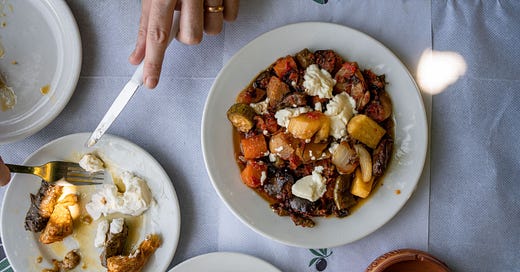


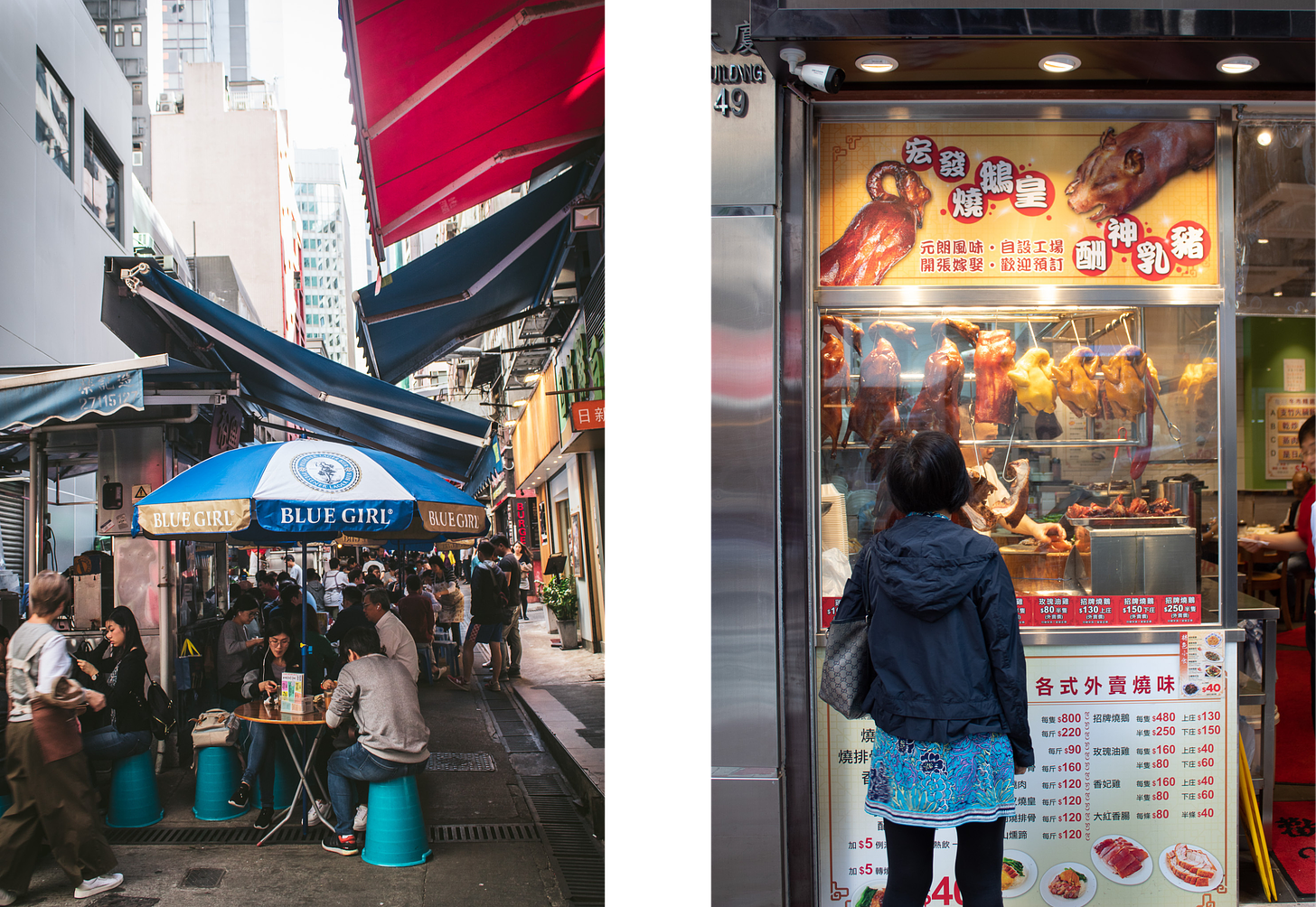
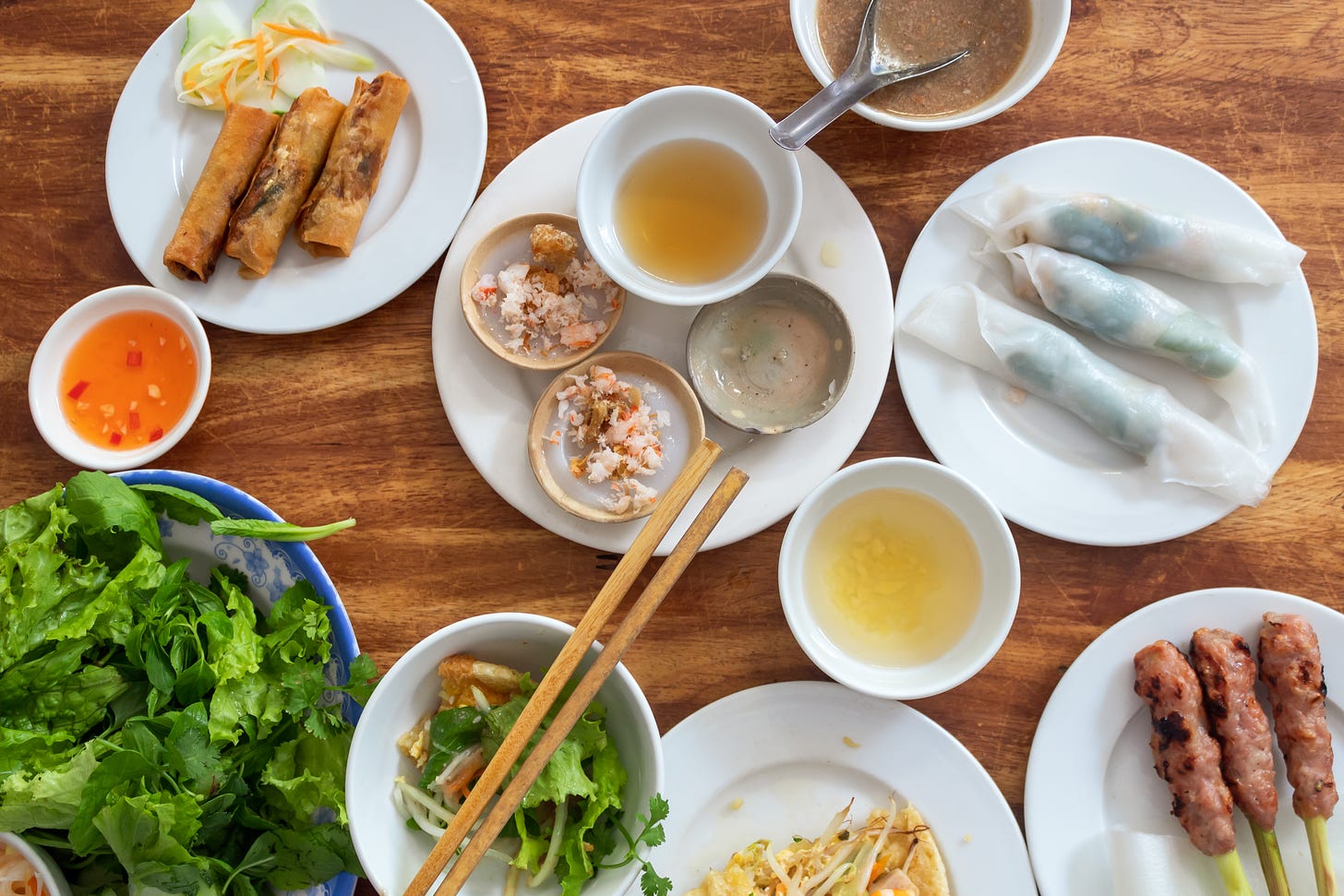
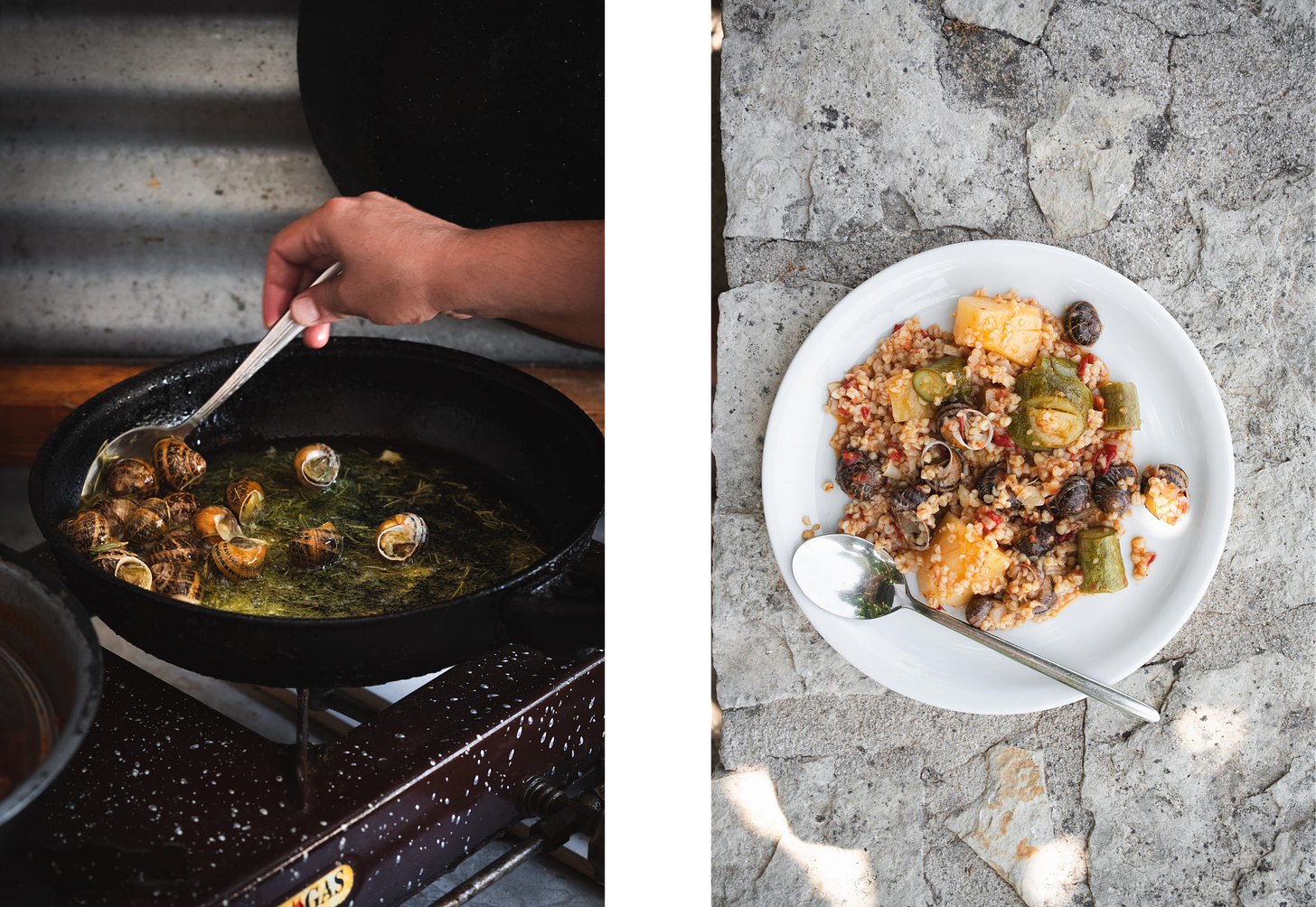
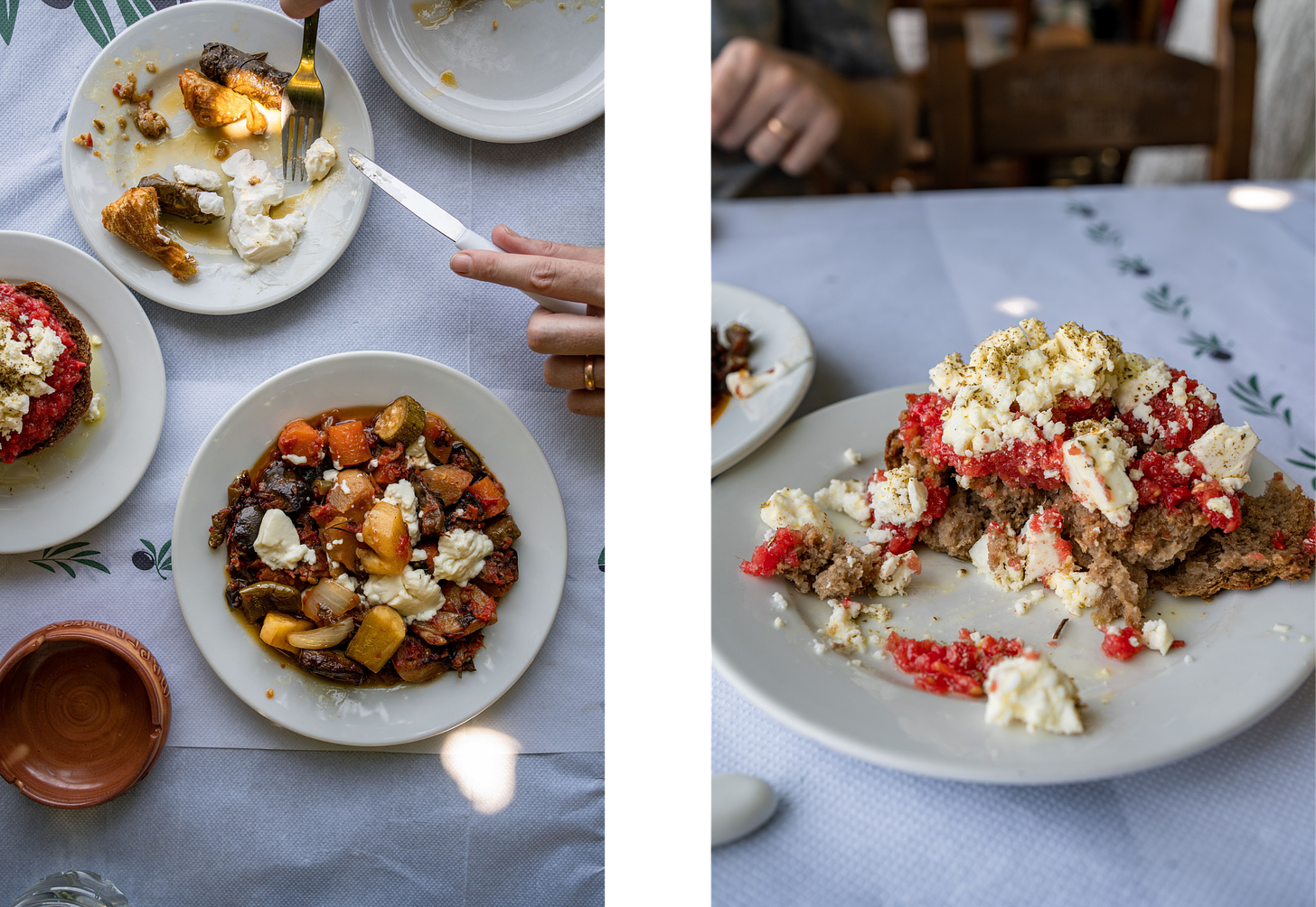
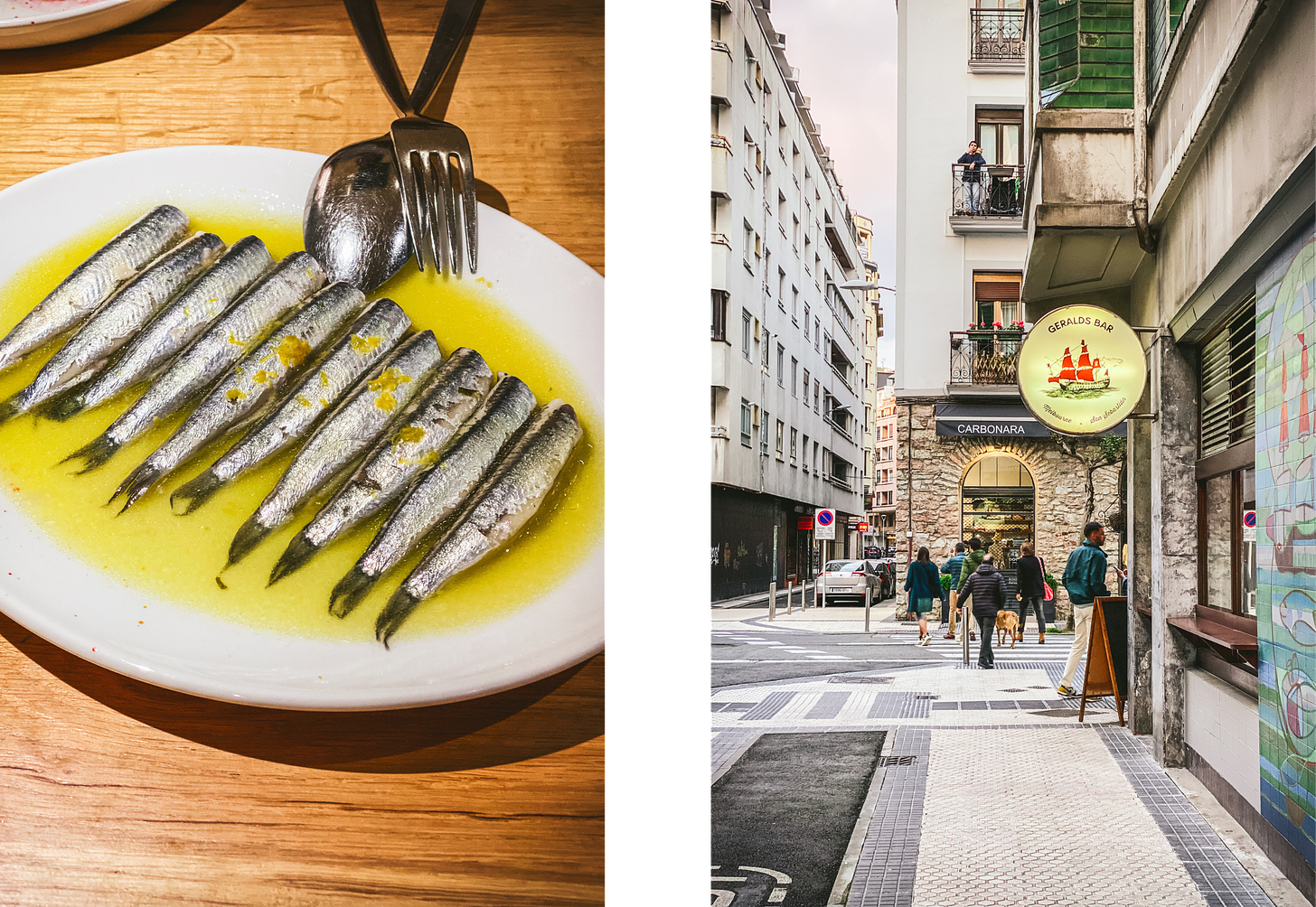

Thank you for sharing this Elisabet! I am about to go to Crete, I shall cherish your recommendetions!
It must be nice to have seasonal fish. Did the flavors stand out more?